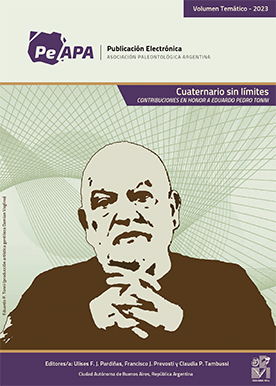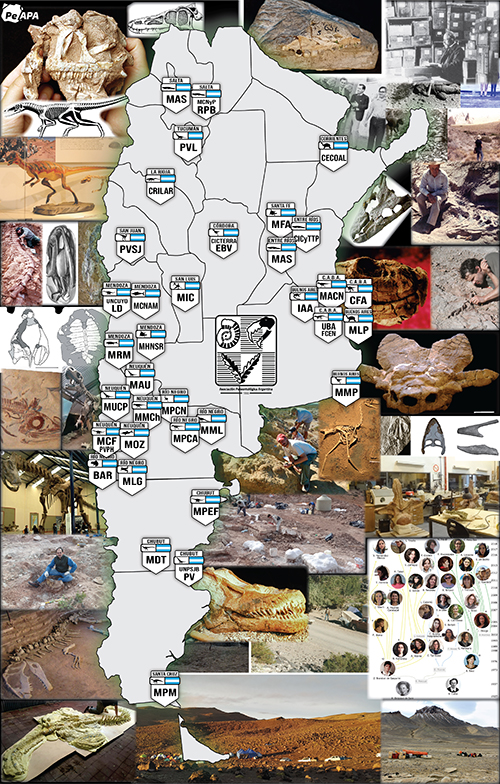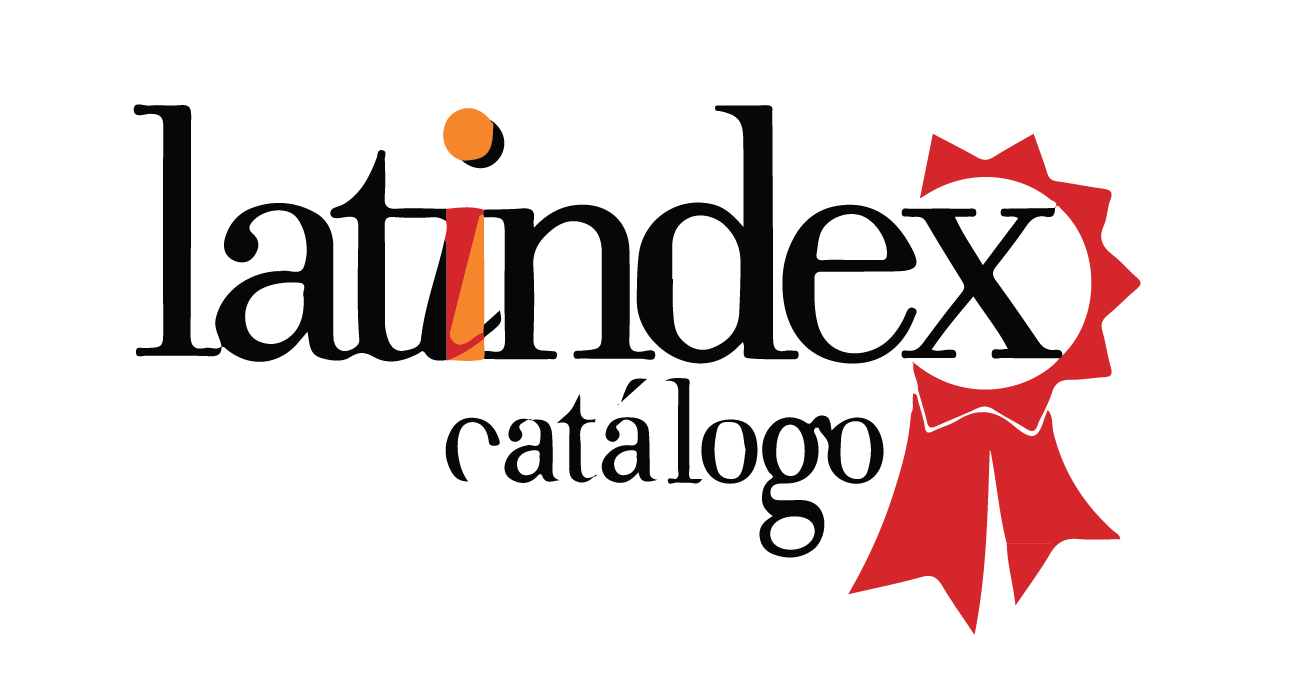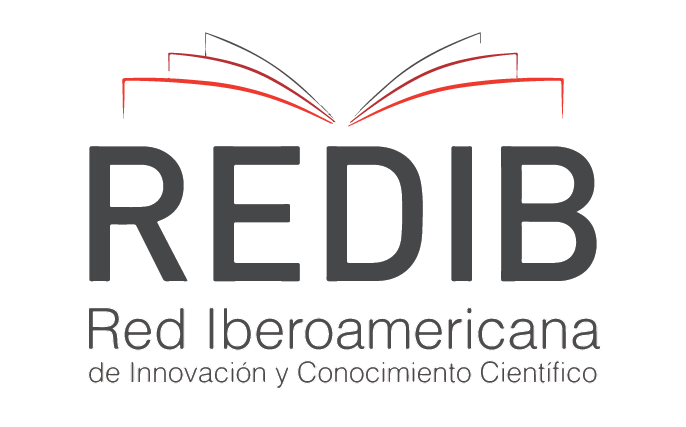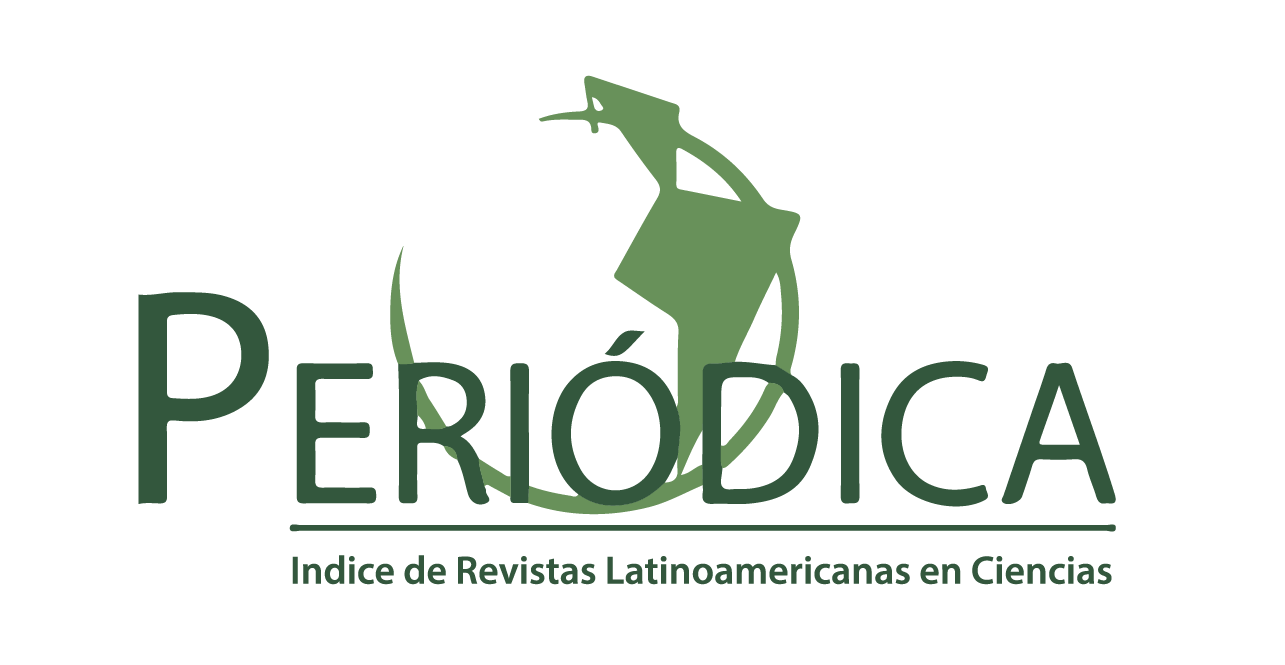TRANSMISSION ELECTRON MICROSCOPY OF MESOZOIC TERRESTRIAL MICROFOSSILS
Abstract
From the evolutionary point of view the most important ultrastructural characteristic features of the terrestrial microfossils are presented in this contribution. During the Mesozoic Era important innovations happened in the ultrastructure of the gymnosperm pollen grains. The earliest saccate elements represent the alveolar infratectal ultrastructure, which appeared in the Carboniferous, and remains in the present day gymnosperm species (Pinus, Picea). New events during the Mesozoic: 1. Appearance of the modern ultrastructure type in several inaperturate and monosulcate pollen grains (Araucariacites Cookson, Cycadopites (Wodehouse) Wilson and Webster). 2. Exclusively Mesozoic gymnosperm types with peculiar LM morphology and exine ultrastructure. The pollen grains of the Operculati (Circulina Malyavkina, Classopollis Pflug, Classoidites Amerom) are very isolated by their LM morphology, the wall ultrastructure is very complicated, similar to some angiosperm taxa. 3. Angiosperm-like exine ultrastructure appeared at the LM morphologically gymnosperrn pollen grains of the Spheripollenites Couper fgen. 4. The gymnospermous Eucommiidites Erdtman has some angiosperm characteristics with the granular infratectal layer. Concerning the evolution of the vegetation the appearance of the angiosperms was the most important event. Regarding the ultrastructure of the pollen grains, the most important evolutionary alterations may be followed by the alterations in the ultrastructure of the infratectal layer. In the earliest Longaxones (Lower Cretaceous) the columellar infratectal layer is characteristic, this may be followed in some Brevaxones by the granular one, during the Senonian.
KEY WORDS. Palynology. Mesozoic. Ultrastructure evolution.
Downloads
Published
Issue
Section
License

Authors retain copyright and grant the journal right of first publication with the work simultaneously licensed under a CC Attribution-NonCommercial 4.0 that allows others to share the work with an acknowledgement of the work's authorship and initial publication in this journal.







